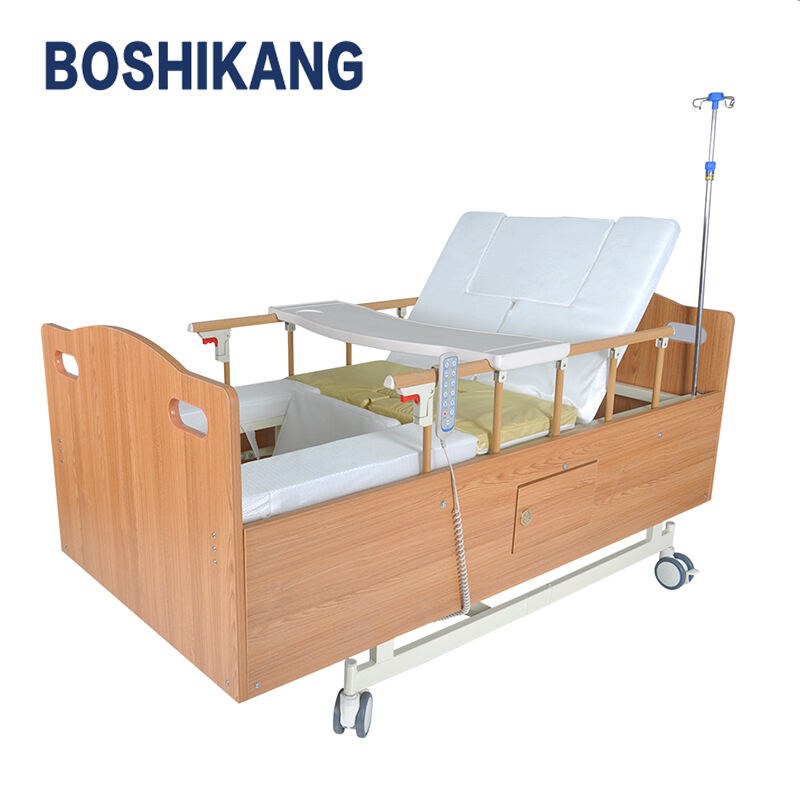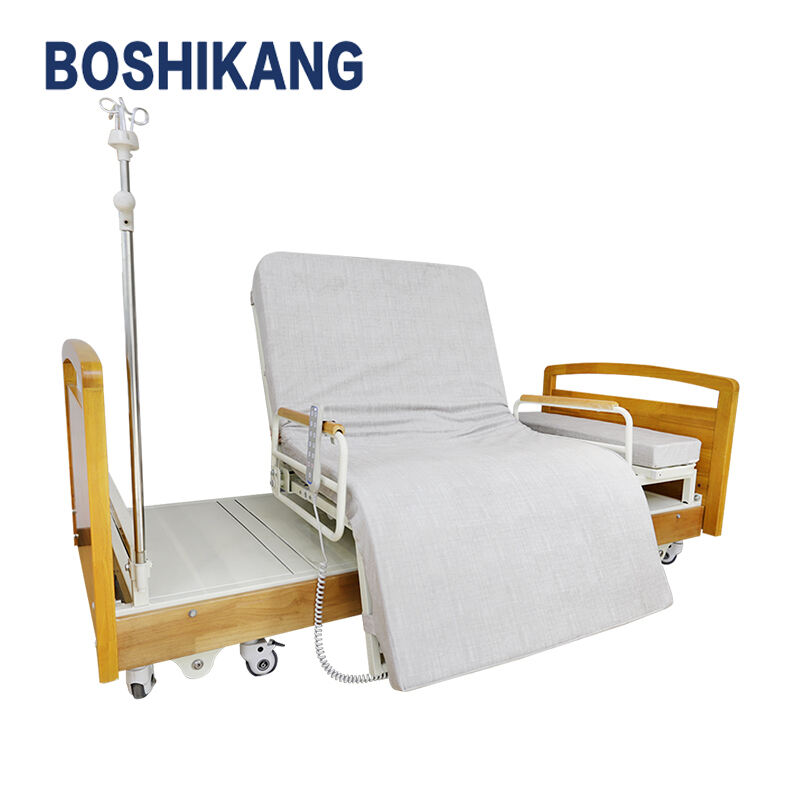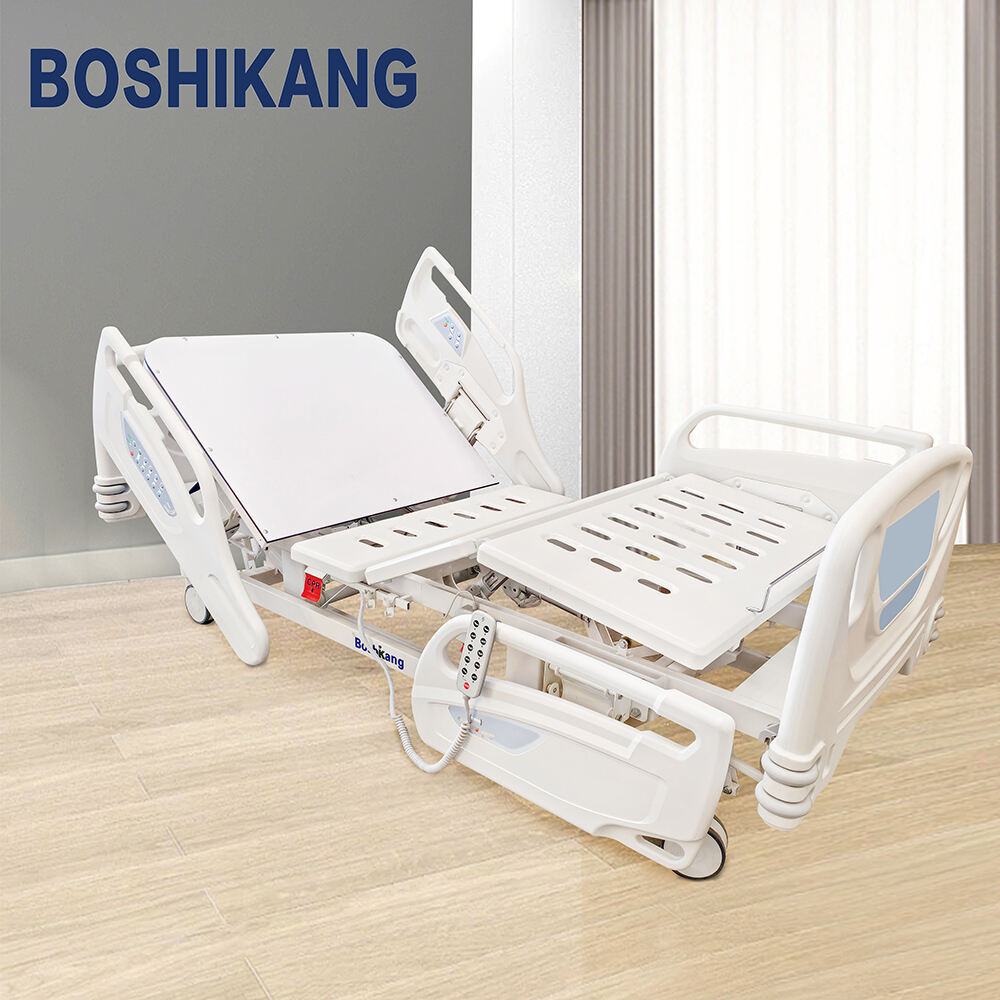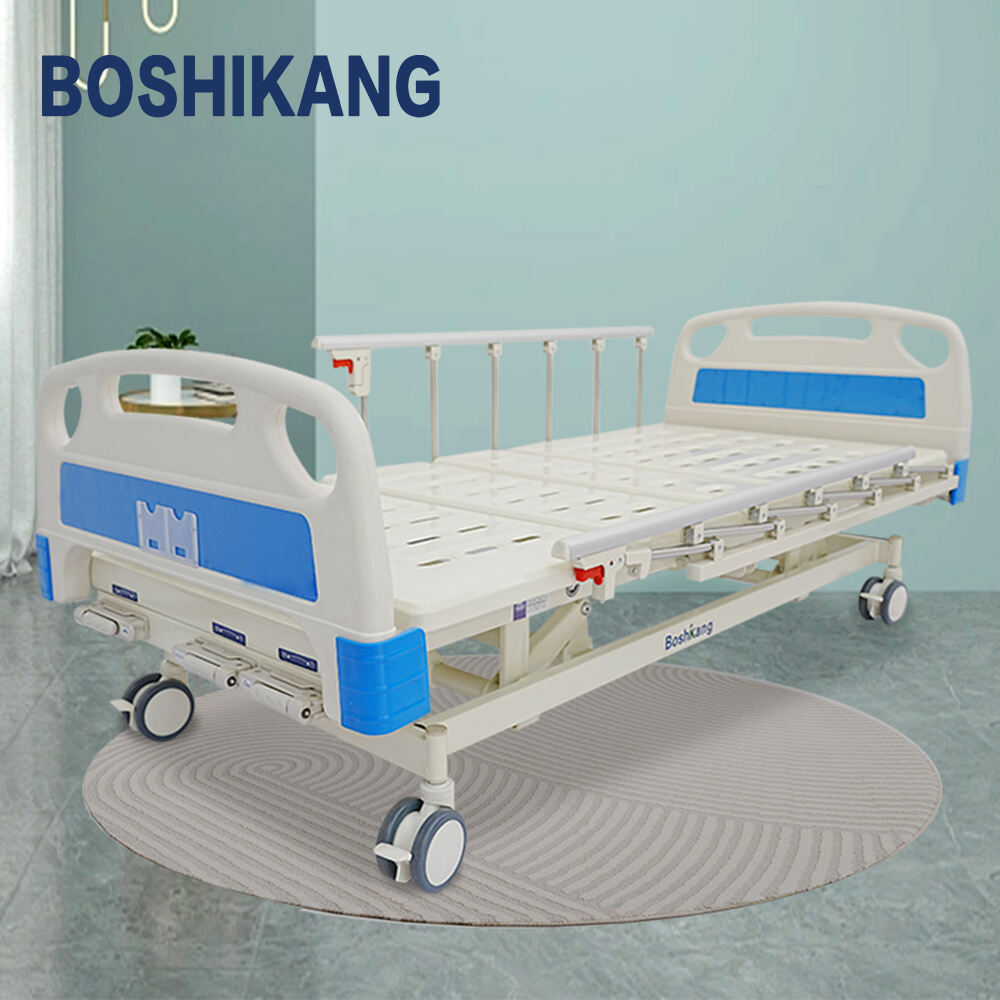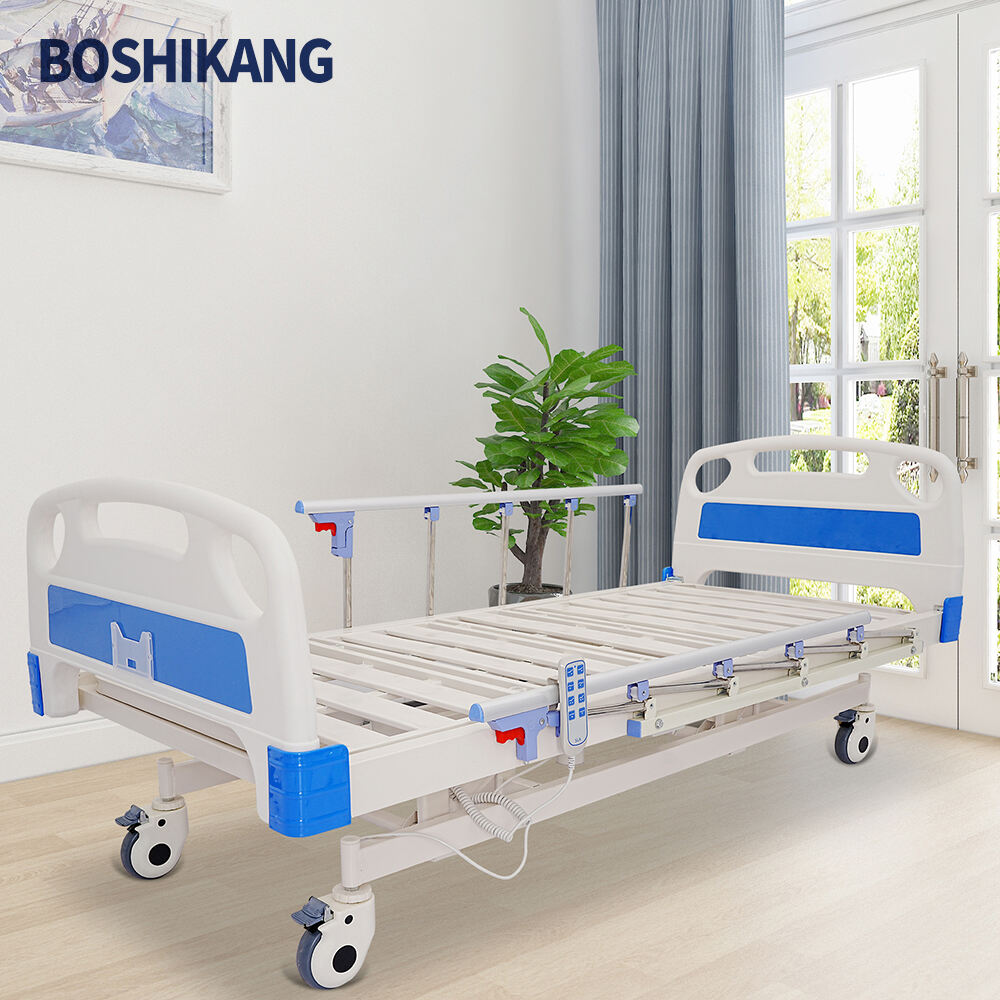clinic bed price
Understanding clinic bed pricing requires consideration of various factors that influence the final cost. Modern clinic beds incorporate advanced features such as electric height adjustment, multi-position capabilities, and ergonomic design elements that contribute to patient comfort and caregiver efficiency. The price range typically reflects the sophistication of included technologies, materials used in construction, and overall durability. Entry-level clinic beds start from more affordable basic models with manual controls, while premium options featuring advanced electronic systems, integrated scales, and specialized therapeutic surfaces command higher prices. Factors affecting clinic bed prices include weight capacity, adjustment mechanisms, side rail designs, and additional features like built-in nurse calls or USB charging ports. The investment also considers longevity, with higher-quality beds often providing extended warranties and better long-term value despite higher initial costs. When evaluating clinic bed prices, it's essential to consider maintenance requirements, spare parts availability, and compatibility with existing medical equipment. Many manufacturers offer flexible pricing models, including lease options and bulk purchase discounts for healthcare facilities. The total cost of ownership should account for installation, staff training, and ongoing maintenance requirements.



